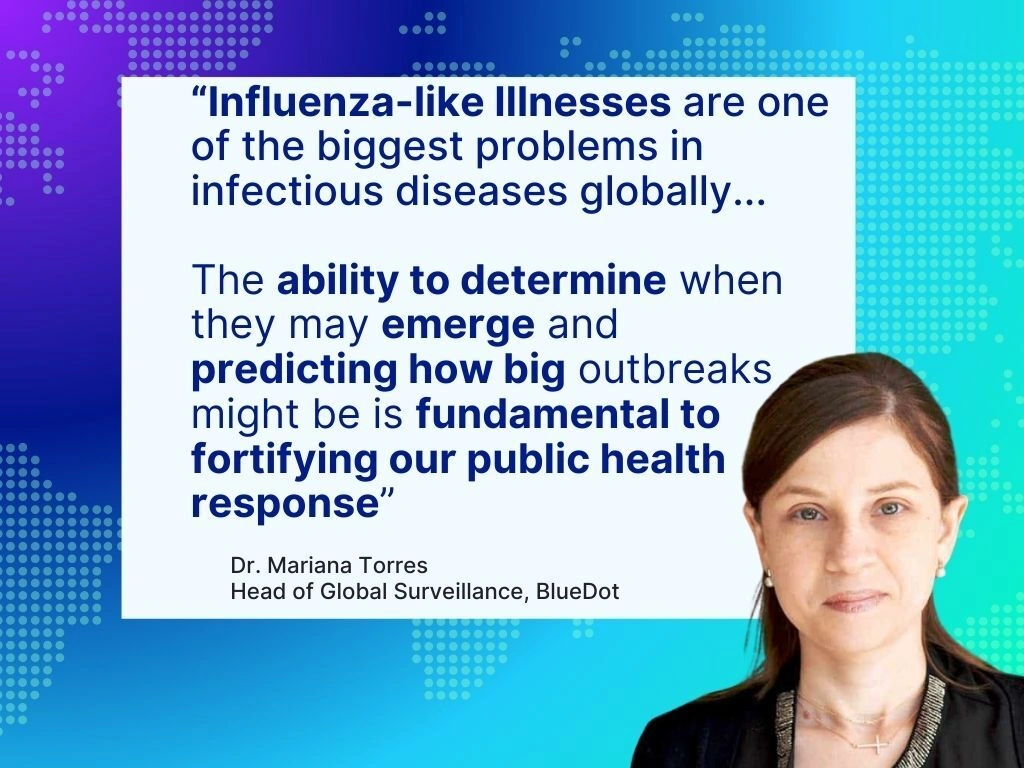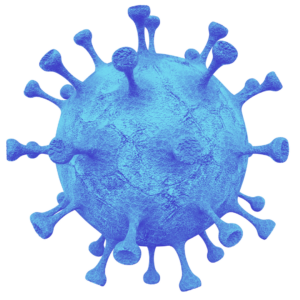Imagine you live in Boca Raton, Florida, and you are planning to fly to New York City. Will you book a flight from West Palm Beach, Fort Lauderdale, or possibly Miami International Airport? Your decision might depend on driving times, flight cost, and personal preference. And we aim to capture all of these factors in our epidemic intelligence software.
BlueDot is built around the idea that by analyzing the right data in the right way, we can anticipate the spread of infectious disease. One of the ways our Insights software platform does this is with airline flight data: By correlating disease outbreaks with global flight paths, we can estimate risk of importation to any location on earth.
Among the many details that feed into those calculations are our estimates of airport catchment areas. In other words, which airport is that Boca Raton resident most likely to choose?
Previous calculations assumed that people would fly out of the nearest airport, though there are of course other factors at play. And what happens when a number of airports are roughly the same distance from the prospective traveller?
Our team’s recent paper in the journal Spatial and Spatio-Temporal Epidemiology explains how we combined the distance and “attractiveness” of a given airport using the Huff model, a calculation originally designed to help developers find profitable locations for shopping malls.
One of the airports we focussed on was Miami International (MIA), specifically because the work BlueDot had done in 2015 — in which we anticipated the spread of the Zika virus in Florida six months before it was imported — would have benefitted from more accurate modelling. This test case produced a larger catchment area than existing models predict, meaning it included travellers who will drive a considerable distance to fly out of their preferred airport.
Our findings are promising, though there is much more work to be done. Varying modes of transportation to the airport will affect the results, and a rigorous comparison to actual passenger behaviour is necessary.
As with all of BlueDot’s technology, the ultimate goal is to deliver timely, tailored, and trustworthy epidemic intelligence. If our airport catchment area estimates are more accurate, then our overall risk estimates are more accurate.









